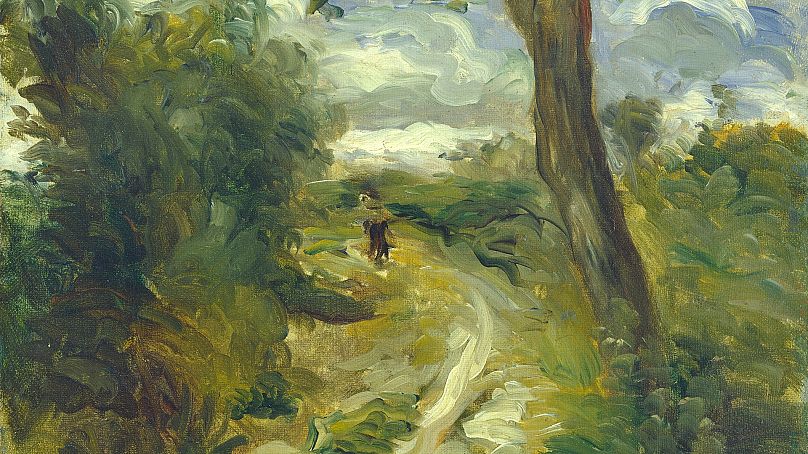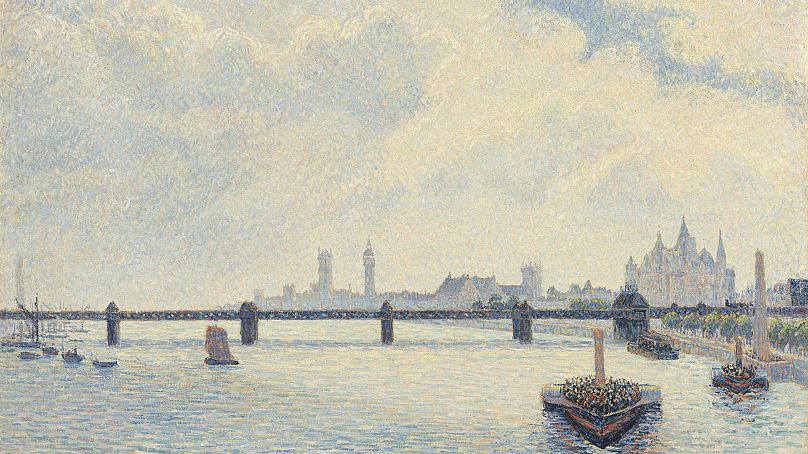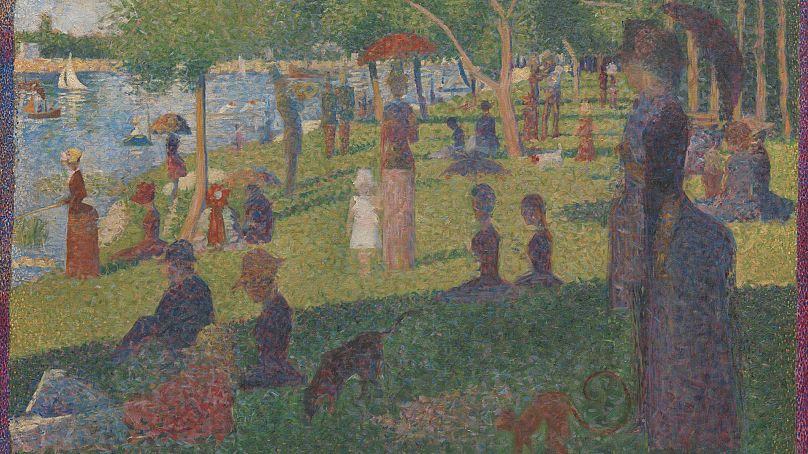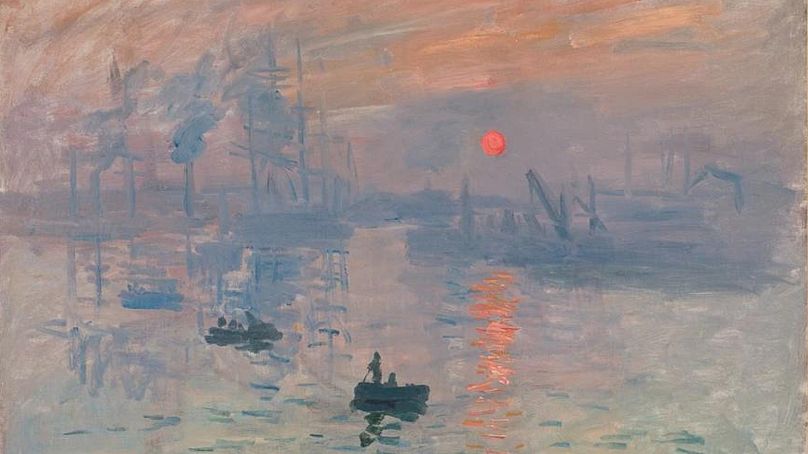This year marks the 150th anniversary of Impressionism, one of the most significant movements in art history. Here's how Europe is celebrating.
On the 15 April 1874, a newly formed collective of artists put their works on show for the first time together. The show, at 35 Boulevard des Capucines, featured the likes of Claude Monet, Pierre-Auguste Renoir, Edgar Degas, Camille Pissarro, Alfred Sisley, Berthe Morisot and Paul Cézanne.
The show was a huge success and introduced the world to a groundbreaking new approach to art. Impressionism was born.
While the seven artists listed above are the most famous of that original cohort of impressionists, the original show by the Batignolles group, as they were known, featured a group of 31 artists.
When the show debuted, it shocked the art world. This bold group of artists’ work was a break from tradition with a new meticulously created aesthetic approach to visual representation. At first, critics ravaged the works, particularly those of Monet and Cézanne.
But the aesthetic approach was adored by the public and grew to be one of the most important art movements in history, influencing artists like Vincent van Gogh and Georges Seurat.
It’s been 150 years since that fateful exhibition and this year, Europe is celebrating the artistic movement with expositions, events and festivals.
Celebrations
One of the biggest exhibitions to recognise the historic milestone of the landmark artistic style, the Musée d’Orsay in Paris is putting on ‘Paris 1874: Inventing impressionism’. The exhibition will feature 130 works from the 31 artists involved in the original 1874 show.
The Musée d’Orsay exhibition doesn’t start until later in the year, opening on 8 September and lasting through to 20 January 2025.
In Normandy, a neighbouring region to Paris’ Île-de-France, where Impressionism left a deep cultural mark, the area is holding huge numbers of celebrations for the movement.
The Festival Normandie Impressionniste 2024 with 150 events for the 150 years, half focused on classical works and the other half looking towards contemporary art. Highlights of the festival include a major exhibition of contemporary British impressionist artist David Hockney’s works at Musée des Beaux-Arts de Rouen.
Beyond exhibitions, there is also an audiovisual installation by the American stage director Robert Wilson that traces the life of Claude Monet that will be projected on the face of Rouen Cathedral. Normandy is also hosting loads of painting classes for people to give Impressionism a try for themselves.
Exhibitions to the individual artists are also taking place across France with dedicated celebrations of Maurice Denis, Édouard Vuillard, and Eugène Boudin as just three examples.
There are two great resources to find an Impressionist exhibition or festival near where you might be travelling to in France this year, Impressionist Adventures and this list at Explore France.
Outside of France, British art auction house Sotheby’s is hosting a series of auctions, talks and exhibitions to celebrate the anniversary.
Over in the Netherlands, the Van Gogh Museum has ‘Vive l’impressionnisme!’, an exhibition of Impressionist masterpieces from the Dutch collection that will start on 11 October and run to 26 January 2025.
There will also be an exhibition of Impressionist works in the Museum Barberini in Potsdam, Germany, comprising the Hasso Plattner Collection which has 113 masterpieces from the era, including Claude Monet’s ‘The Mill at Limetz’ (1888) and Camille Pissarro’s ‘The Louvre, Morning, Spring’ (1902).
In Italy, the Historical Infantry Museum in Rome will play host to ‘Impressionists: The Dawn of Modernity’ from 30 March to 28 July this year.
What is Impressionism?
Impressionism was formally born at the outset of the now famous 1874 exhibition. Named after Monet’s ‘Impression, soleil levant’ (Impression, Sunrise) the movement had been in gestation for the decade beforehand.
A group of young artists, Monet, Renoir, Sisley and Frédéric Bazille were frustrated with the dominance of the Académie des Beaux-Arts in French art tastes, requiring any artist to be exhibited at the annual Salon de Paris show to be in with a chance of success.
The Salon de Paris’ jury was notorious for its conservative approach to art, eschewing anything too bold or innovative. The four artists championed new forms in visual art, they swore by painting outdoors, using pure colours on the canvas and building the image through the unification of light and colour, over the traditionalist approach of outlines and shading.
With this approach, informed by the works of painters like John Constables, Eugène Delacroix and J. M. W. Turner, the group were routinely rejected by the Salon before they resolved to form their own artistic collective and exhibit the works themselves.
Between forming the 1874 exhibition, Bazille would be killed in 1870 in the Franco-Prussian War aged just 28. Napoleon’s failed campaign left France reeling, and while critics shunned the Impressionists’ works – “impressionist” was at first an insult implying “unfinished” – the public connected with their images of a world apart from war.
Today, the Impressionists are some of the most beloved painters in art history for their evocative and emotional pieces. Colour palettes brightened, composition of frames took inspiration from photography, and contemporary life was put on canvas with a vivid vivacity never seen before.















